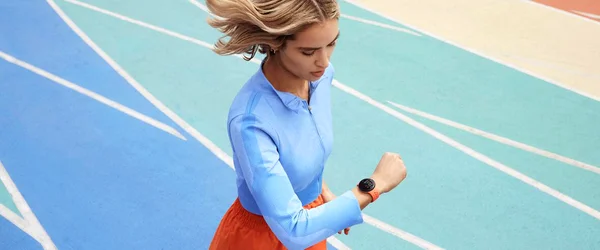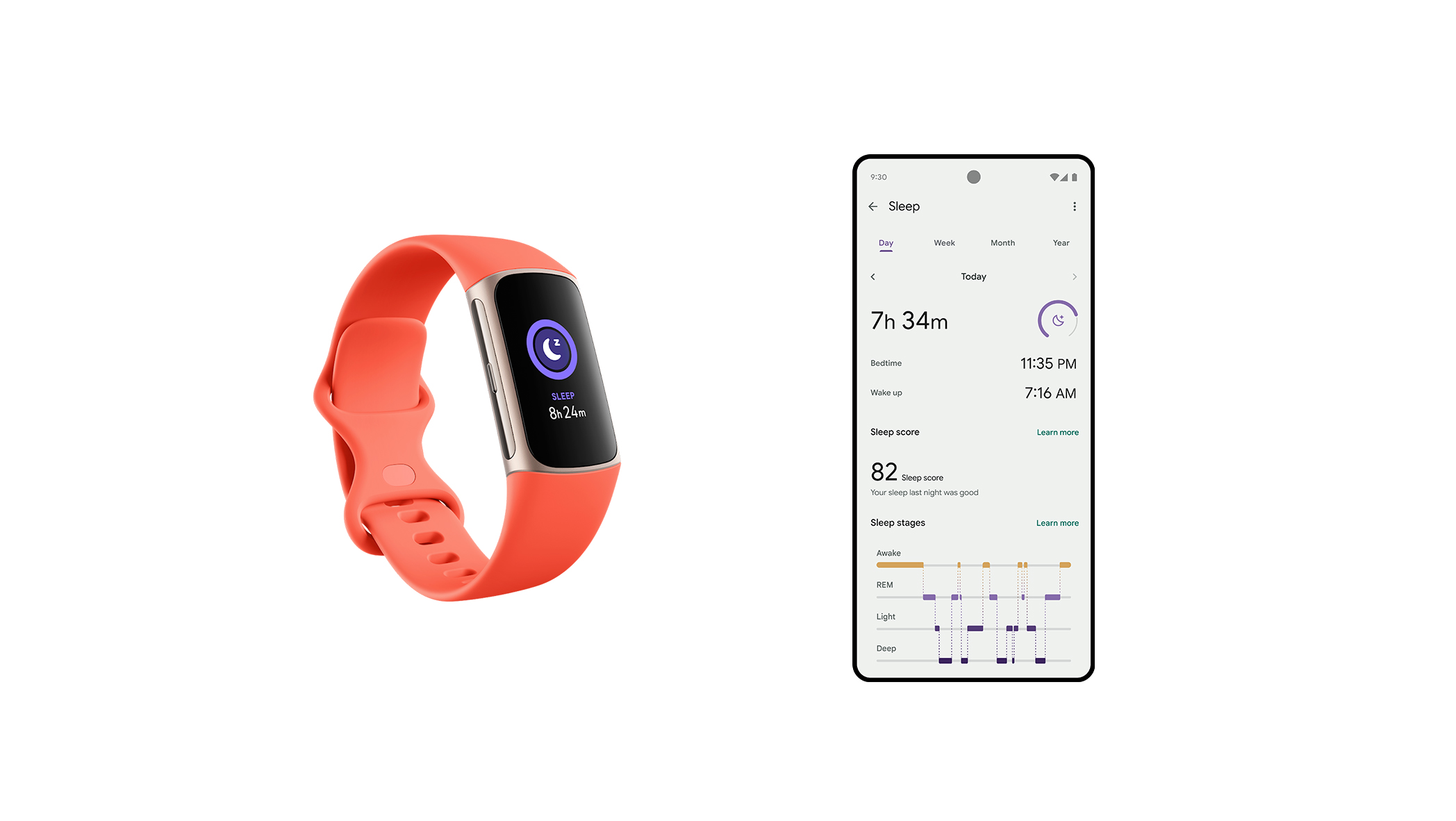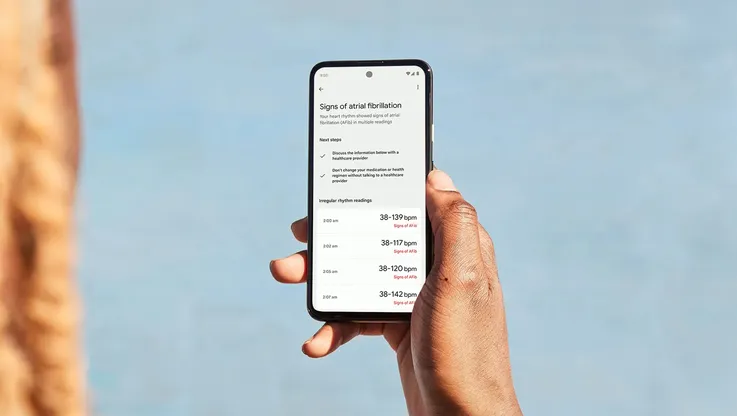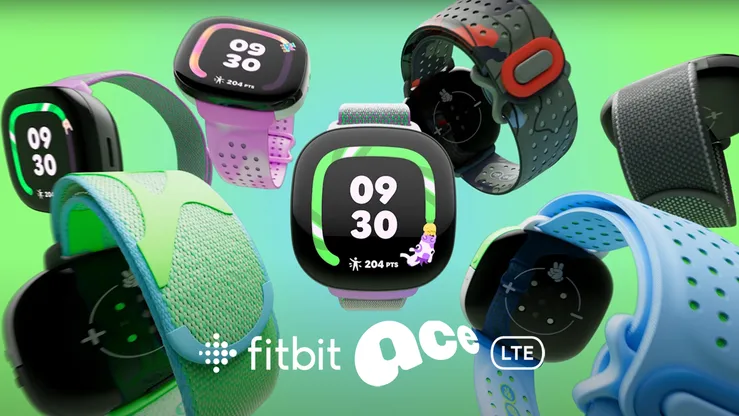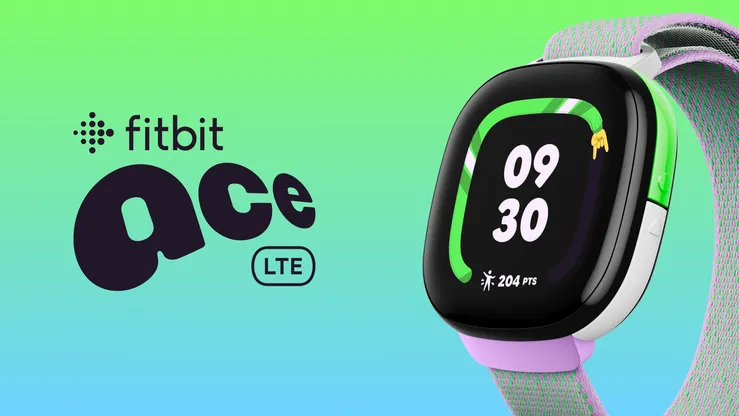3 heart-health tips from Fitbit’s lead cardiologist

From the beginning, Fitbit has aspired to help people lead healthier lives. The earliest Fitbit wearables helped people do this through simple activity and step tracking, so they could monitor their daily movement. Today, Fitbit and Pixel Watch devices still do this, but they can also do so much more — including helping you better understand and manage your heart health. We recently had a chance to talk to Dr. Jacqueline Shreibati, a practicing cardiologist who leads clinical strategy and product leadership for teams building health features for Pixel Watch, Fitbit wearables, and Pixel Phone. “For the last nine years, I’ve had the unique opportunity to build consumer heart health features while also seeing firsthand, as a healthcare provider, how my patients are using them,” she says.
One of the best things you can do for your heart is simply move your body every day — even if that’s stretching or walking. “I’m passionate about educating patients on the ‘return on investment’ of walking ” says Dr. Jacqueline. “It’s free and has tangible short- and long-term benefits on your mental and physical well-being.” Plus, Fitbit tracks not only how many steps you take but your health metrics in a variety of workouts — over 40 different modes on Fitbit Charge 6 and on Google Pixel Watch, in fact.
But Fitbit can help you take care of your heart in ways that go beyond tracking your movement. Here are some of Dr. Jacqueline’s tips for how to use your device for improving and maintaining cardiovascular health.

1. Track your heart rate during exercise
A decade ago, fitness trackers and wearables could track things like steps, calories burned, and sleep. Fitbit was the first to bring continuous wrist-based heart rate to the masses, and thanks to advances in our sensor technology and machine learning improvements, our devices can now more accurately track your heart rate as well1. Because heart rate is such a key metric for measuring exercise intensity and calories burned, estimating cardiac fitness (VO2 max) and keeping track of your fitness progress, getting an accurate read of your heart rate — both throughout the day and during a workout — is important. “By setting a target heart rate during exercise, people can better understand the physical effort they need to achieve the benefits of moderate intensity aerobic activity,” Dr. Jacqueline says.
Fitbit’s heart rate zone tools and features can help you understand how hard your body is working. These are calibrated based on your personal fitness and exercise stats and can help you know if you’re in a moderate, vigorous or peak zone. “Fitbit metrics like Active Zone Minutes, which incorporate heart rate, can help people more easily understand if they are achieving their exercise quality and fitness goals,” Dr. Jacqueline says. Both the first- and second-generation Google Pixel Watches include Heart Zone Training2, which lets you monitor how much time you’re spending in your personal heart rate zones (which, like with Fitbit devices, is based on your resting heart rate and fitness level). You can use this data to set personal targets for workouts, and even enable notifications so you get haptic or voice alerts when you move from one zone to another.
In order to make heart rate tracking more and more useful, improving accuracy is something that Dr. Jacqueline and the rest of the Fitbit team have worked on: Pixel Watch 2 delivers up to 40% more accurate heart rate tracking during vigorous activities like HIIT, spinning and rowing3, and Charge 6 delivers 60% more accurate readings during similar vigorous activities4.
2. Learn more about ECG and heart rhythm
In addition to heart rate, tracking the heart’s rhythm — the pattern of the heart beats — is something Dr. Jacqueline sees her patients becoming interested in. “Within the last 10 years, patients and clinicians have come to trust consumer heart health features like FDA-cleared electrocardiography (ECG) apps to inform cardiac care,” she says. Last year, the American Heart Association and American College of Cardiology released updated guidelines on the diagnosis and management of atrial fibrillation (AFib), the most common arrhythmia that affects nearly 50 million people globally. “Among patients with atrial fibrillation in whom cardiac monitoring is advised, the guidelines say it’s reasonable to recommend use of a consumer-accessible ECG device to detect recurrences,” says Dr. Jacqueline.
Fitbit Sense, Fitbit Sense 2, Fitbit Charge 5 and Charge 6 and Google Pixel Watch (both the first-generation and Pixel Watch 2) all feature the ECG app5. This is a test that measures your heart’s electrical activity to look for normal rhythm and signs irregular rhythm that may be signs of AFib, and Dr. Jacqueline says using this app can be a great way to advocate for your health. In addition to the on demand ECG heart assessment, you’ll get a notification on your wrist and in the Fitbit app when your heart rate is above or below your set resting threshold. “When my patients show me ECGs from consumer health devices, it’s a great moment to celebrate health literacy,” says Dr. Jacqueline. “It’s information that patients have historically not had easy access to, and it can be really empowering.” To turn on and enable notifications from the ECG app, open the Fitbit app on your phone and navigate to the “health assessments” tab.
3. Monitor your sleep quality and get healthy sleep
Yes, exercise and movement are important for cardiac health, but so is sleep. “Don’t forget the importance of sleep for heart health,” says Dr. Jacqueline. “Research shows that poor sleep may increase risk of cardiovascular disease, as well as high blood pressure, blood sugar and cholesterol.” You can make use of Fitbit’s sleep features — like tracking your sleep stages, setting sleep goals and checking out your Sleep Score — to make sure you’re not just getting enough sleep, but high quality sleep. Another tool is Premium’s Daily Readiness Score6, which takes into account your sleep as well as your heart rate variability and recent activity to tell you what kind of workout you’re best prepared for, so you know if you’re up for something that really gets your heart pumping or if you’re in need of a rest day — because both are equally important. “Your heart thanks you for the work your body performs and the rest you give it, day and night,” Dr. Jacqueline says.

